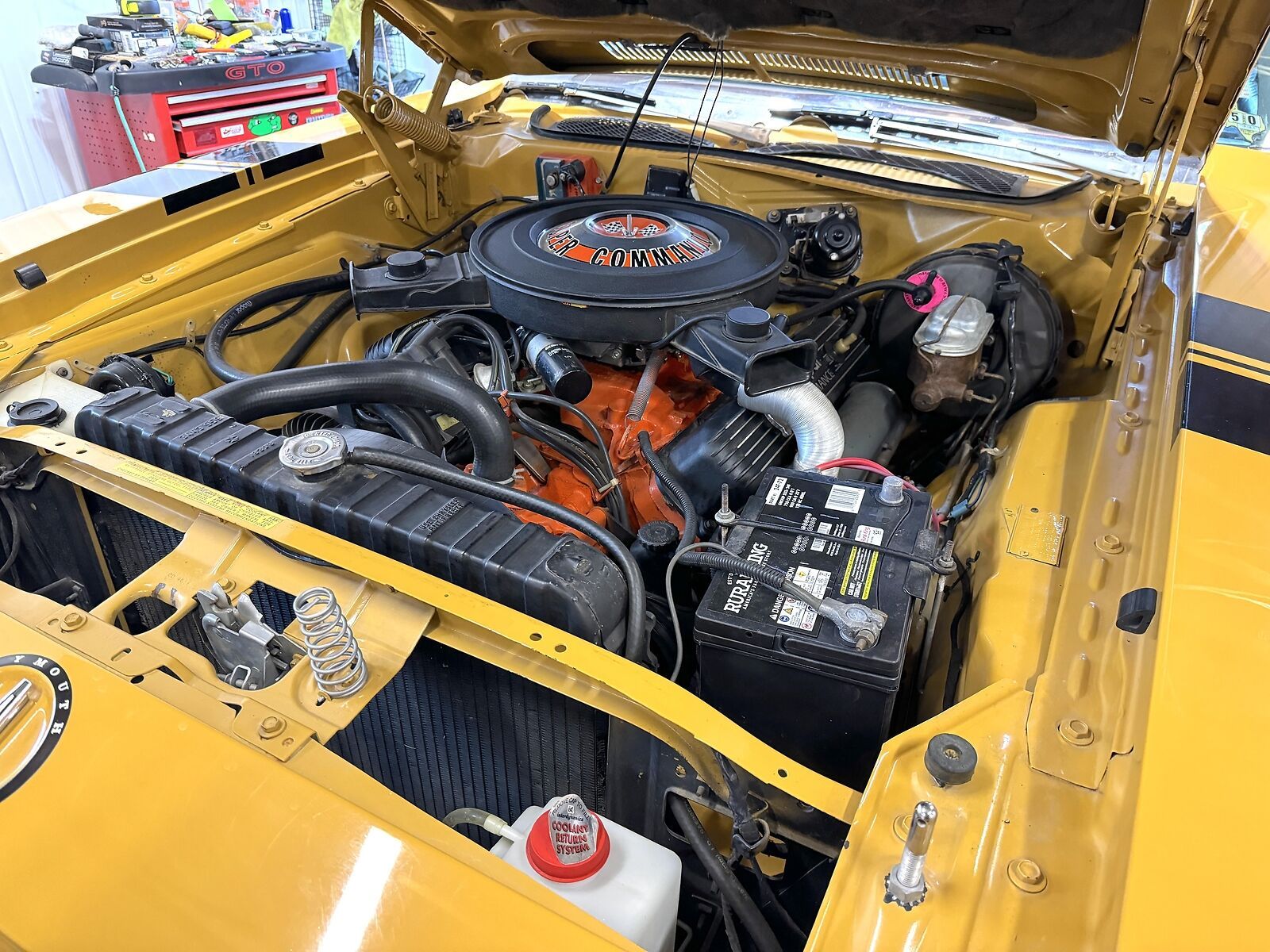In 1967, Plymouth introduced a new iteration of the Belvedere, which had evolved from the Satellite, and named it the GTX. By 1968, the GTX had gained enough prominence to be classified as its model, lasting until 1971.
However, with the declining popularity of muscle cars, the GTX transitioned back to being a trim level, this time on the Road Runner. Despite not being a sales leader, the GTX made a significant impact on the performance car environment.
In 1971, a significant shift occurred as Chrysler discontinued several iconic models, including the GTX and the famed Street HEMI engine. Coincidentally, this marked the end of an era for both the GTX and the powerful HEMI engine. Production numbers for the gentlemen’s muscle car weren’t stellar, facing stiff competition both within the Mopar family and beyond.

With less than 3,000 GTXs produced for its final model year, its scarcity likely contributed to its cancellation after only five years. Throughout its existence, the GTX offered two engine options: the renowned Street HEMI and the standard 440 big-inch engine.
Interestingly, despite the legendary status of the 426 cubic-inch HEMI, most GTX buyers opted for the larger, more affordable 7.2-liter RB engine. Out of the 2,942 cars manufactured in 1971, the vast majority were equipped with the formidable 440 engines.
The 440 could be configured with a regular four-barrel carburetor or upgraded to a triple twin-barrel setup, although the latter option was less popular. Only a small number of GTXs were fitted with the high-performance 440 Six-Barrel setup.
Transmission choices also varied, with the majority of GTXs equipped with three-speed TorqueFlite automatics, while a minority opted for the more engaging four-speed manual transmission.
To complement its powerful engine and transmission options, the GTX offered various rear gear ratios, including the Track Pak and Super Track Pak, catering to different driving preferences. Despite its rarity, the 1971 Plymouth GTX isn’t highly sought after today, but a well-maintained example could still appeal to Mopar enthusiasts.

